Babies grow quickly. You will be surprised at each milestone happening in a baby’s life. From kicking in the cradle to crawling to walking and eventually running. And most of the changes happen in the first year itself. On average, babies start attempting to crawl around 6th to 10th months of age. However, the process could be delayed for many reasons, depending on the weight, brain development or some could just advance to walking.
Crawling is a very important milestone in a baby’s life. At this stage, the baby develops its psychological abilities in the form of change in perceptions, navigation, motor skills, awareness of the environment, etc. If your baby hasn’t started crawling yet, here are a few tips to tickle their adventurous side.
Wait for the Right Time
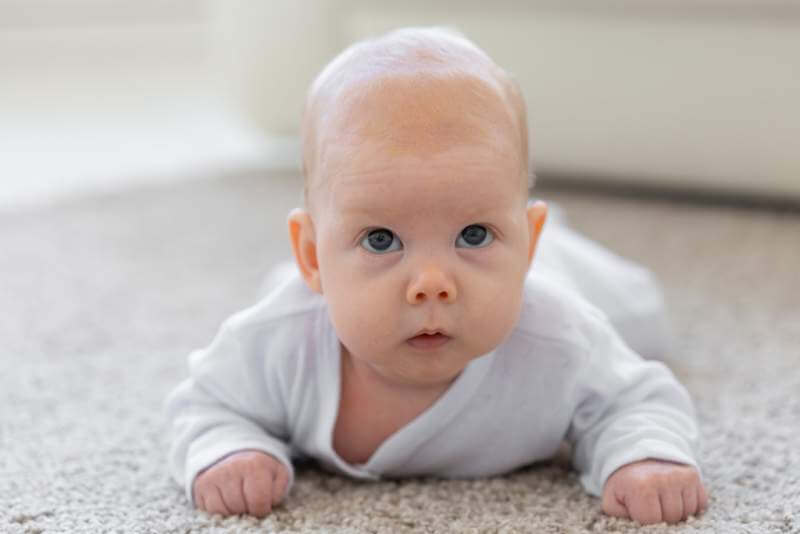 As I mentioned earlier, the average age when a baby is usually ready to crawl is around 6-10 months. This is just an approximation and your baby could either start early or late. Look out for signs like balancing the head, trying to move or drag himself, sitting and rolling over, before encouraging your baby to crawl.
As I mentioned earlier, the average age when a baby is usually ready to crawl is around 6-10 months. This is just an approximation and your baby could either start early or late. Look out for signs like balancing the head, trying to move or drag himself, sitting and rolling over, before encouraging your baby to crawl.
Strengthen Your Baby’s Limbs
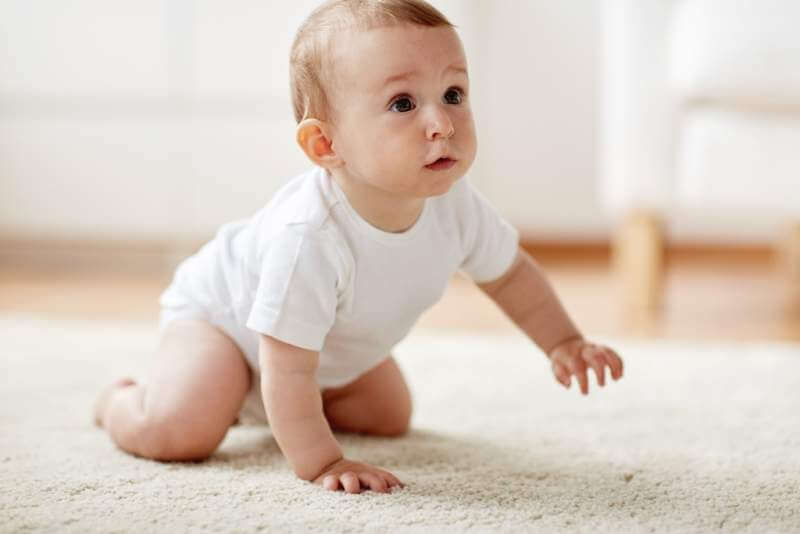 Initiate games or playtime for your baby as an activity to strengthen her hands and feet. Encourage them to hold on to support while standing or sitting to make their limbs stronger to crawl and move. Do these exercises under your watchful eye to avoid the baby from falling or getting hurt.
Initiate games or playtime for your baby as an activity to strengthen her hands and feet. Encourage them to hold on to support while standing or sitting to make their limbs stronger to crawl and move. Do these exercises under your watchful eye to avoid the baby from falling or getting hurt.
Adequate Tummy Time
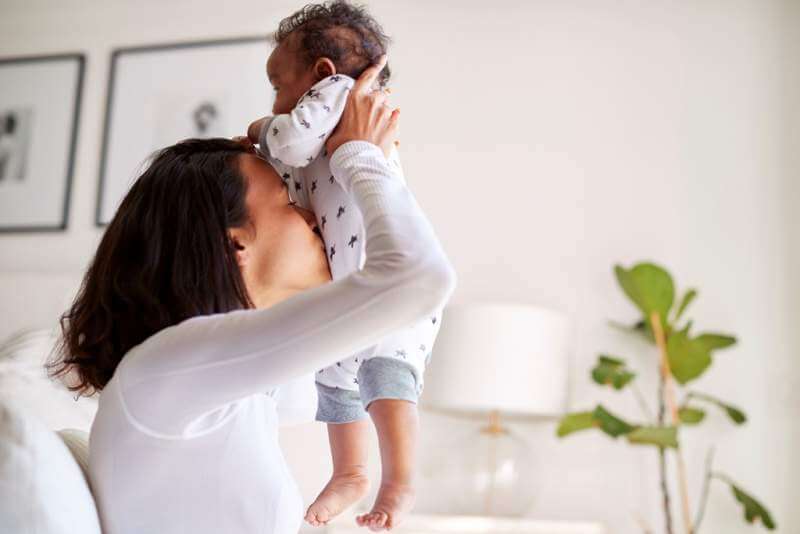 Tummy time is the best exercise to prepare your baby to crawl. Babies love to roll over and play on their tummies. Increasing tummy time is a gradual process which could start from 1-2 minutes at the beginning per day. Around 4 months, your baby will be capable to look around, have control on his head and body. This is a clear sign that your baby is ready to crawl.
Tummy time is the best exercise to prepare your baby to crawl. Babies love to roll over and play on their tummies. Increasing tummy time is a gradual process which could start from 1-2 minutes at the beginning per day. Around 4 months, your baby will be capable to look around, have control on his head and body. This is a clear sign that your baby is ready to crawl.
Work on Baby’s Back Strength
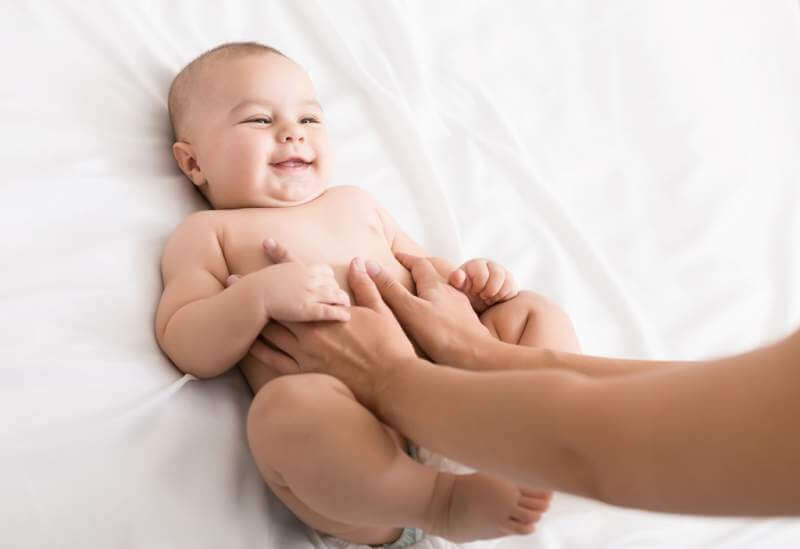 As human beings, our core strength to sit or move comes from our back (spinal cord). In the same way, in order to encourage the baby to crawl it is very important to strengthen their backs. You can encourage the baby to sit, climb or stand with your support to make your baby’s muscles stronger and practice balance.
As human beings, our core strength to sit or move comes from our back (spinal cord). In the same way, in order to encourage the baby to crawl it is very important to strengthen their backs. You can encourage the baby to sit, climb or stand with your support to make your baby’s muscles stronger and practice balance.
Tricks to Getting the Baby to Move
 According to What To Expect, “Some babies may get the hang of things right away, clambering gleefully toward the summit and taking tumbles in stride. Others may need a bit of coaxing — perhaps a tempting toy placed at the top or some cheering from you (“Go, Alex, go!”). Still won’t budge? Try a game of “Where’s Mommy?” by ducking your face behind the tallest cushion and daring your baby to find you.” Keep their favorite toys handy to encourage their movement.
According to What To Expect, “Some babies may get the hang of things right away, clambering gleefully toward the summit and taking tumbles in stride. Others may need a bit of coaxing — perhaps a tempting toy placed at the top or some cheering from you (“Go, Alex, go!”). Still won’t budge? Try a game of “Where’s Mommy?” by ducking your face behind the tallest cushion and daring your baby to find you.” Keep their favorite toys handy to encourage their movement.
Reduce Use of Baby Devices
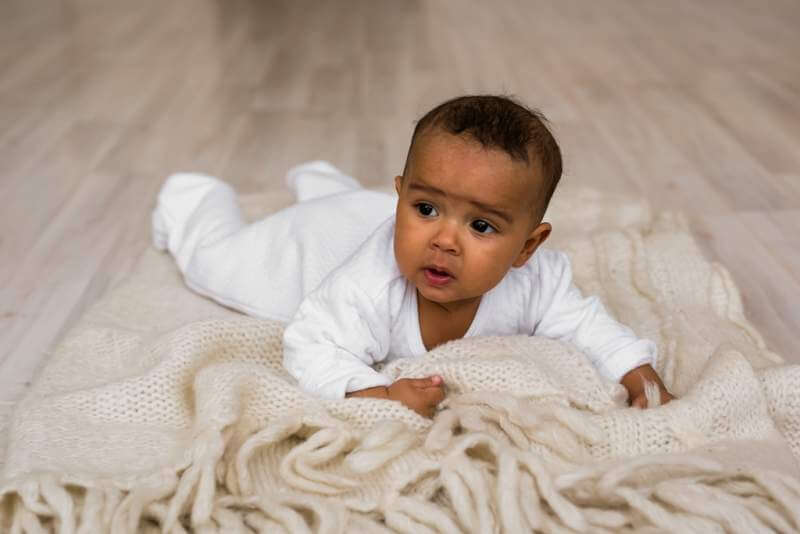 Baby devices like strollers, walkers should be used less as stimulation for the baby. These devices do not help the baby to walk sooner but rather delay the process. The baby won’t feel the urge to move, walk or crawl if they are dependent on these devices. Reduce the time with devices and let them increase their physical activities to create stamina. This will ensure the baby starts crawling in time and with better motor and balancing skills.
Baby devices like strollers, walkers should be used less as stimulation for the baby. These devices do not help the baby to walk sooner but rather delay the process. The baby won’t feel the urge to move, walk or crawl if they are dependent on these devices. Reduce the time with devices and let them increase their physical activities to create stamina. This will ensure the baby starts crawling in time and with better motor and balancing skills.
Playtime Rules
 The exercises are meant to help your baby crawl or walk without much trouble. However, this should be a fun activity for the baby. Once the baby is tired he will start crying or get angry. This is cue enough to put him in his comfortable position or feed him or cradle him to sleep. Remember the idea is to let the baby have fun with the transition.
The exercises are meant to help your baby crawl or walk without much trouble. However, this should be a fun activity for the baby. Once the baby is tired he will start crying or get angry. This is cue enough to put him in his comfortable position or feed him or cradle him to sleep. Remember the idea is to let the baby have fun with the transition.
Teach Them How to Do It
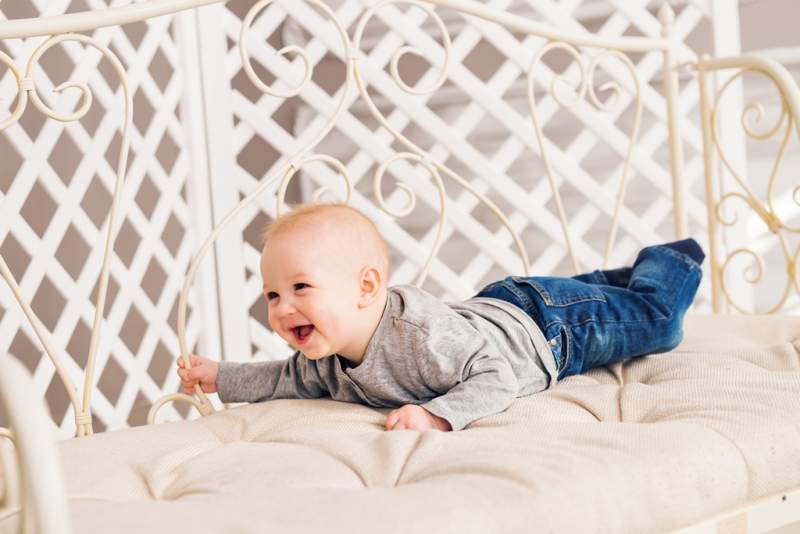 Babies learn a lot from their immediate environment and especially from their mothers. Try to teach your baby to crawl towards the toy by doing it alongside him. This will encourage the baby to move towards the price with little efforts.
Babies learn a lot from their immediate environment and especially from their mothers. Try to teach your baby to crawl towards the toy by doing it alongside him. This will encourage the baby to move towards the price with little efforts.
Safety First
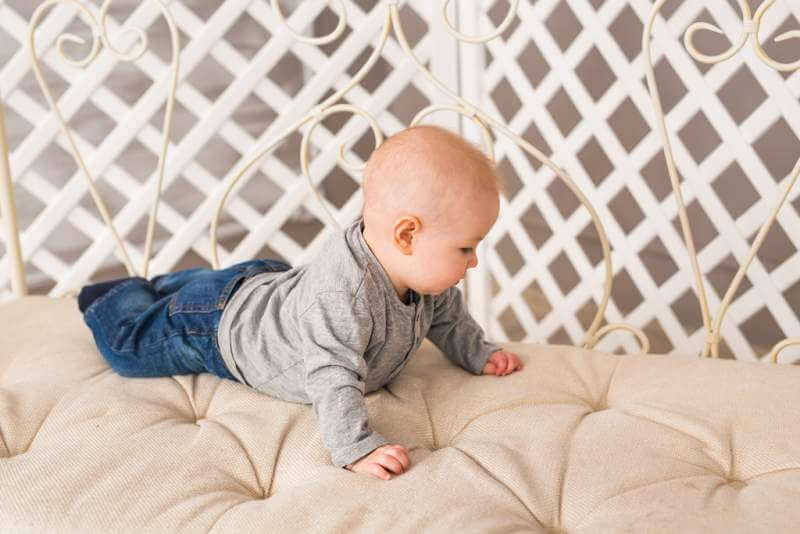 Baby proofing the house will be your priority even before the baby arrives. Once the baby starts moving, your safety concerns will also rise. Ensure that the baby has a safe playground to hone her skills. Make it comfortable for the baby to crawl without getting hurt. Don’t restrict their movement by placing them on mattresses or other soft areas which will obstruct the baby’s movement.
Baby proofing the house will be your priority even before the baby arrives. Once the baby starts moving, your safety concerns will also rise. Ensure that the baby has a safe playground to hone her skills. Make it comfortable for the baby to crawl without getting hurt. Don’t restrict their movement by placing them on mattresses or other soft areas which will obstruct the baby’s movement.
